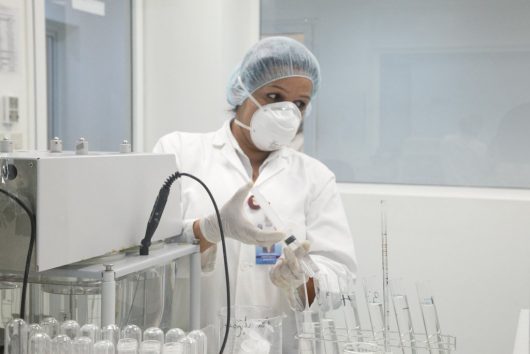Three of the Most Common Diseases in the Dominican Republic

With places like Punta Cana, it is no wonder that the Dominican Republic is a popular tourist destination. The Dominican Republic appears to have everything, from sandy beaches to high mountain peaks. The beautiful landscape of the Dominican Republic may set it apart from other countries, but like the rest of the world, it is not immune to medical issues. Here are three of the most common diseases in the Dominican Republic:
1. Schistosomiasis
According to the World Health Organization (WHO), schistosomiasis spreads through parasitic worms that are in infested water. People in poorer communities are more vulnerable to this disease because they are more likely to drink from or bathe in contaminated waters. Symptoms of intestinal schistosomiasis involve abdominal pain and diarrhea. The main symptom of urogenital schistosomiasis is blood in the urine. In the Dominican Republic, intestinal schistosomiasis is the most common form of the disease.
Fortunately, taking Praziquantel, an anti-parasite medication, for a few days can treat schistosomiasis. Since there is only a limited amount of the prescription drug available, the WHO has been advocating for more access to the medication. With increased Praziquantel availability, more people that have schistosomiasis are being treated.
2. HIV/AIDS
As the Caribbean country with the second most reported HIV cases, it is clear that HIV is a problem in the Dominican Republic. However, that doesn’t mean that the country’s health officials and government aren’t working on fixing it.
Out of all of the countries that comprise the Caribbean and Latin America, only eight have needle and syringe programs (NSPs), and the Dominican Republic is one of them. NSPs provide people who inject drugs with sterile needles and syringes. Since HIV can be transmitted through unsanitary needles and syringes, NSPs help reduce the risk of contracting HIV.
Although there is no cure for HIV/AIDS yet, there is a significant amount of research being done to find one. Recently, researchers successfully edited the genomes of infected mice, in which they eliminated most of the disease from the animals. Although genome editing is more complicated when humans are involved, there is still a possibility of it being successful.
In addition to NSPs reducing HIV/AIDS transmission and research being done to find a cure, there are also ways to control the disease. People with HIV can take antiretroviral therapy (ART) to slow down the progression of the disease.
3. Malaria
The Anopheles mosquito transmits malaria. Symptoms of the disease include chills and high fever. Malaria treatment is all about timing. If detected early, it can be treated with antimalarial medication. However, the disease can be fatal if it goes unnoticed and untreated.
In 2015 alone, malaria caused 438,000 deaths worldwide. While that number is very large, it is actually a decrease from the estimated 584,000 malaria deaths in 2013. In the Dominican Republic, indoor residual spraying (IRS) of insecticides is used to kill disease-spreading mosquitos, which helps prevent initial infection.
Although these three diseases are some of the most common diseases in the Dominican Republic, there are others. Many different organizations are working toward the mutual goal of eliminating both uncommon and common diseases in the Dominican Republic.
– Raven Rentas
Photo: Flickr
